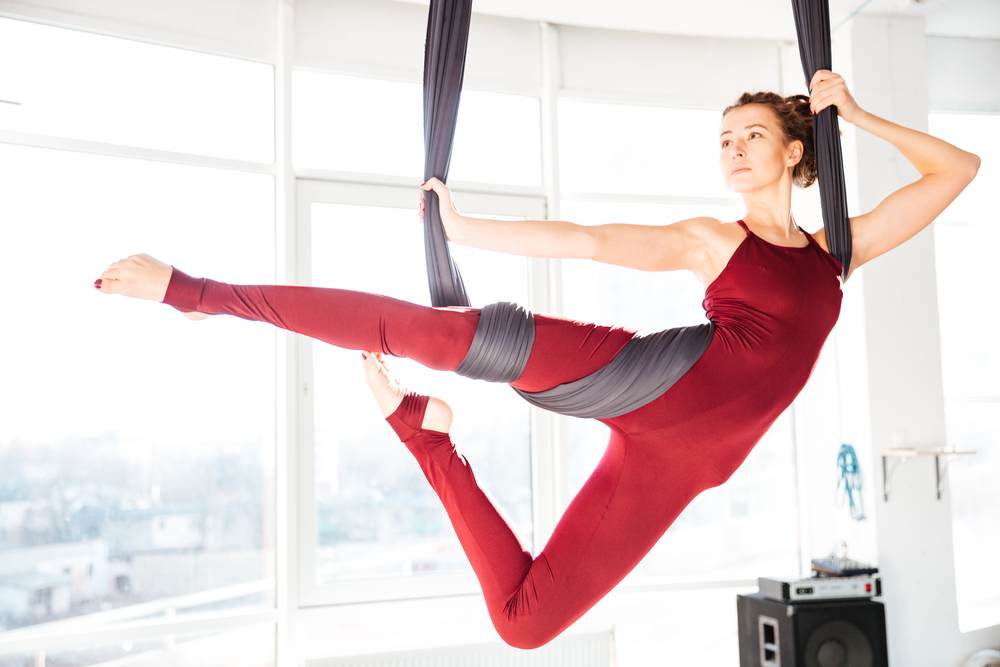Skill acquisition methods for efficient technique learning
Efficient technique learning combines deliberate practice, physical preparation, and thoughtful recovery to speed skill acquisition while reducing injury risk. This article outlines evidence-informed methods to structure practice, align conditioning and nutrition, monitor progress, and use psychological strategies that support consistent improvement in endurance, strength, mobility, and overall technique.

Effective technique learning demands more than repetition; it requires purposeful structure that blends physical conditioning, mental skills, and recovery. Below are practical methods for acquiring technique efficiently while maintaining stamina, hydration, and injury prevention. Each section focuses on a different element—conditioning, periodization, strength and mobility, nutrition and recovery, monitoring and injury, and psychology—to form a cohesive approach.
How does conditioning support technique learning?
Conditioning creates the physiological base that lets athletes practice technique with quality and consistency. Improvements in endurance and stamina allow for longer focused practice sessions without technique breakdown. Conditioning should target sport-specific energy systems and movement patterns so that motor learning occurs under realistic demands. For example, interval conditioning that mirrors the intensity and duration of skill drills helps transfer technical gains to performance. Hydration and pacing during conditioning sessions also influence cognitive clarity and motor control, so include practical hydration strategies in planning.
How should periodization shape skill acquisition?
Periodization organizes training into phases that alternate skill emphasis, intensity, and recovery. Early phases can prioritize high-volume technical repetition at lower intensity to ingrain movement patterns, while later phases increase intensity and integrate conditioning to test technique under fatigue. Short mesocycles dedicated to specific technical elements—combined with deload periods to consolidate learning—help avoid overuse and burnout. Periodization that balances conditioning, strength work, and targeted technique practice supports steady gains in both skill and physical capacity.
How to integrate strength, mobility, and flexibility for technique?
Strength increases force production and movement control, while mobility and flexibility ensure the range of motion needed for efficient technique. A combined routine includes compound strength exercises that reflect sport movements, mobility drills that open joints used in those movements, and flexibility work timed to recovery sessions. Prioritize joint stability before adding high-speed technical drills, since strength deficits or restricted mobility often manifest as technical faults. Regular screening and corrective exercises can address imbalances that impede technique learning.
What role do nutrition, hydration, and sleep play in learning?
Nutrition, hydration, and sleep are foundational for cognitive and physical recovery, both essential for consolidating new motor patterns. Adequate carbohydrate intake supports repeated high-quality practice and conditioning, while protein supports muscle repair after strength and skill sessions. Hydration affects concentration and reaction time; structured fluid intake before and during training helps maintain technique under load. Sleep facilitates memory consolidation for motor skills, so consistent sleep schedules improve retention of technical adjustments and overall recovery.
How can monitoring and injury prevention improve progress?
Objective monitoring—using video, workload tracking, and basic metrics—helps detect technique drift and training loads that increase injury risk. Regularly review video to pinpoint recurring faults and use workload metrics to balance intensity with recovery. Injury prevention strategies include progressive loading, movement screening, and targeted prehab exercises for common weak points. Adjust practice when fatigue or pain appears; practicing poor technique under excessive load often reinforces maladaptive patterns and prolongs recovery from injuries.
What psychological strategies aid efficient technique learning?
Psychology influences attention, motivation, and the ability to apply feedback—all crucial for skill acquisition. Use focused, low-distraction environments for early learning, and gradually increase complexity and pressure to build automaticity. Goal-setting with specific, measurable technical targets supports deliberate practice. Incorporate varied feedback: immediate, task-focused cues during drills and delayed, reflective review after sessions to consolidate learning. Mental rehearsal and controlled breathing can stabilize arousal, improving consistency when performing complex techniques.
Effective technique learning is an integrated process. Conditioning, periodization, strength, mobility, nutrition, hydration, sleep, monitoring, injury prevention, and psychology each contribute distinct benefits. Structuring practice with clear phases, using objective monitoring, and prioritizing recovery creates the environment where technical skills can be learned efficiently and retained. Over time, this systematic approach reduces setbacks and supports steady improvement across physical and technical domains.





